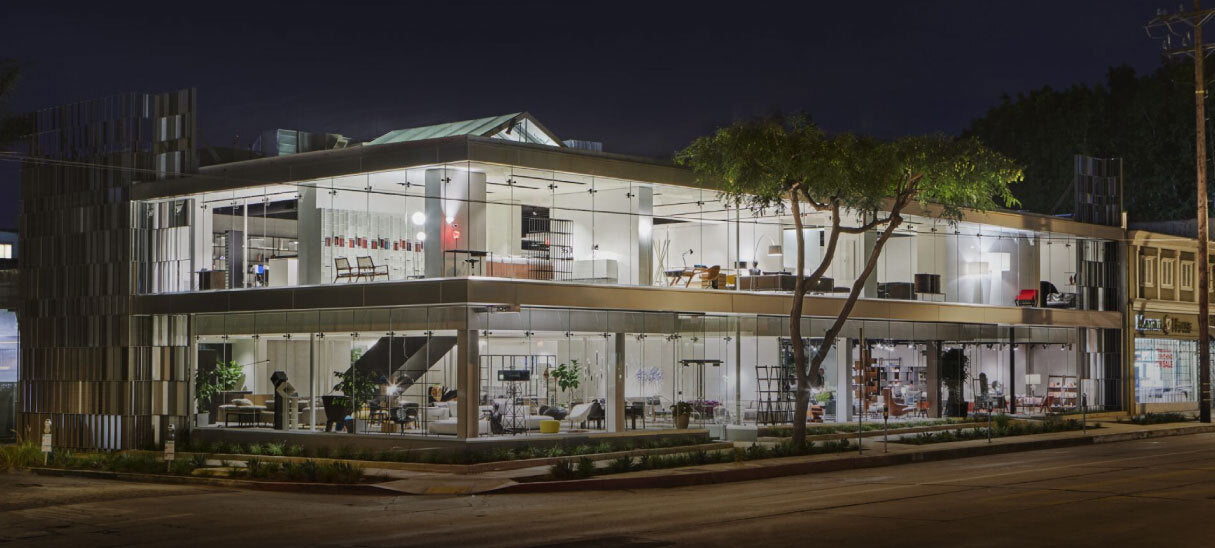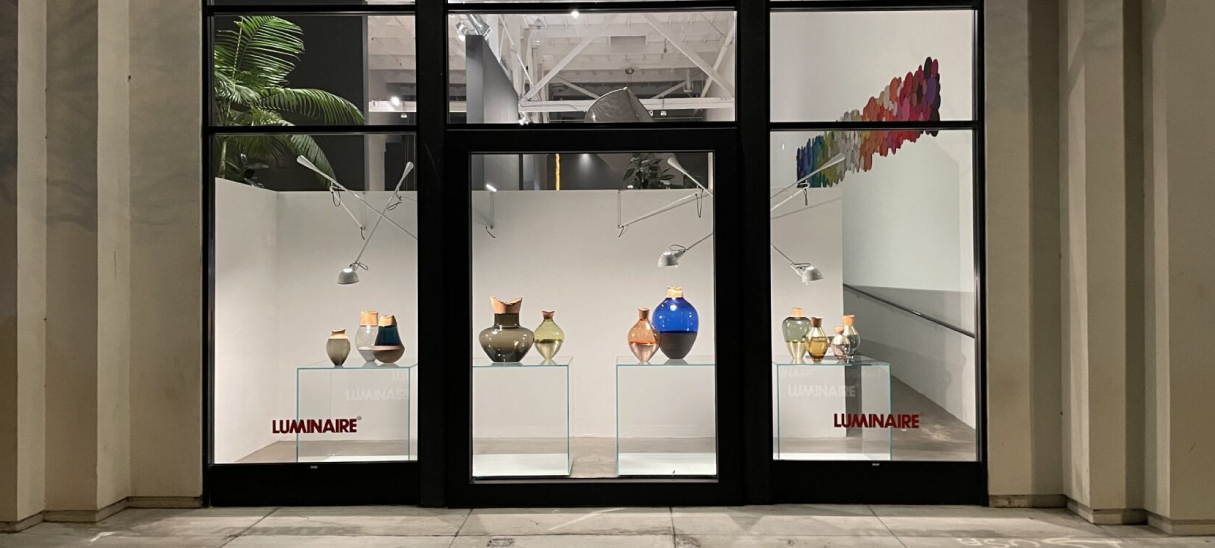20% Off Mother's Day Gift Guide Shop Now
Tobia Scarpa
1937
Venice, Italy

Refreshing and clean, with work that exudes serenity and comfort with soft curves and streamlined form, stylish, pared-down, and ergonomic, Tobia Scarpa became known for innovative work that seamlessly blends functionality and cutting-edge technologies with an ethereal beauty and cultural history, bringing to the world a dashing minimalistic aesthetic that heralds a warm-blooded mix of conviviality and charm.
Born in Venice, Italy in 1937, Scarpa studied architecture at the Iuav University in Venice where he met his wife and future collaborator, Afra Bianchin. After working for a time as a glass designer for Venini, he opened his own practice with his wife in her hometown of Montebelluna, Italy in 1960, where they worked on challenging architectural projects and produced a number of riveting lighting pieces and inventive furnishings, including forays into art glass and interior design, for notable Italian and international brands like Gavina, B&B Italia, Flos, Knoll, Cassina, Benetton, and Fabbian.
Greatly influenced by his talented father, Carlo Scarpa, an Italian architect and designer known for work that breathed vibrancy into work that was decisively modern yet gave a respected nod to tradition and historical contexts, Scarpa straddled the line between honoring the past and looking toward the future with work that easily suited both classical and cutting-edge contemporary environments. His most notable work often illuminated new technologies, like the newly developed cold-molded foaming process used in his Coronado sofa for B&B Italia and the halogen technology used for his Papillion lamp for Flos, the first lamp ever to highlight this feature. His Bastiano Collection for Gavina elevated simplicity and comfort to a level of sophistication and elegance that rendered this work iconic, later to be reissued by Knoll.
Scarpa also received the most prestigious Italian design award, the Compasso d’Oro, in 1969 for his Soriana armchair for Cassina, and later earned another Compasso d’Oro in 2008 for a lifetime worth of achievement. In 1992, he was honored with the International Forum Design Hanover Award for work that speaks to a distinctive refinement and cultural vivacity, distinguished and modern yet married to history, form, and function.
With work that is included in the collections of cultural institutions all over the world, from the MoMA New York and the Museum of Contemporary Art Chicago to the Louvre in Paris and the Victoria and Albert Museum in London, Scarpa has enriched lives with notable design objects, colorfully confirming his philosophy that “design is a profession without a rule book” and that “that which remains and is worth talking about is the final and concrete result: the object.”




















